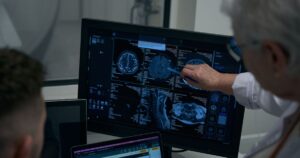March Is Brain Injury Awareness Month
March 3, 2025Every nine seconds, someone in the U.S. sustains a brain injury. According to the BIAA, or the Brain Injury Association of America, there are more than 5.3 million Americans living with a permanent brain injury-related disability. Though brain injuries can be caused by many different things, some common culprits include work-related injuries, motor vehicle accidents, medical mistakes, and falls. Every March, the BIAA sponsors Brain Injury Awareness Month. Some of the campaign’s main goals are to fight for new advocacy initiatives, to raise awareness for what it is like to live with a brain injury, and to improve care and supportive services for the individuals who suffer from them.
many different things, some common culprits include work-related injuries, motor vehicle accidents, medical mistakes, and falls. Every March, the BIAA sponsors Brain Injury Awareness Month. Some of the campaign’s main goals are to fight for new advocacy initiatives, to raise awareness for what it is like to live with a brain injury, and to improve care and supportive services for the individuals who suffer from them.
Traumatic and Non-Traumatic Brain Injuries
Any brain injury that occurs after birth and is not hereditary, congenital, or degenerative is what is known as an acquired brain injury (ABI). Acquired brain injuries cause changes in the brain’s neuronal activity, affecting and changing the metabolic activity, functional ability, and/or the physical integrity of nerve cells in the brain. Acquired brain injuries can be divided into two main types: traumatic and non-traumatic.
A traumatic brain injury (TBI) is defined as a change in brain function (or other evidence of brain pathology) caused by an external force. Traumatic brain injuries can be open (penetrating) or closed (non-penetrating). This type of injury most often results from falls, sports injuries, motor vehicle accidents, and work accidents. Unlike TBIs, non-traumatic injuries inflict damage on the brain via internal factors, like exposure to toxins, pressure from a tumor, or a lack of oxygen. This type of injury is most often caused by things like stroke, aneurysm, heart attack, tumor, infectious disease, and near-drowning.
Though a person with a brain injury may experience a wide range of symptoms depending on what type of injury they have and how it occurred, there are some general signs that are useful to watch out for. The Centers for Disease Control and Prevention (CDC) reports that brain injuries can cause physical, cognitive, emotional, and behavioral changes. These include:
- Headaches
- Dizziness
- Confusion
- Fatigue
- Vomiting
- Blurred vision
- Weakness in arms, legs, or face
- Loss of balance
- Sensitivity to light and/or sound
- Hearing issues
- Feeling more emotional, angry, or aggressive than usual
- Experiencing nervousness, anxiety, sadness, and/or depression
- Personality changes
- Difficulty controlling behavior
- Changes in sleeping patterns
In some situations, a person with a brain injury may need immediate medical attention. For example, if you are experiencing a headache that gets worse and does not go away, have weakness, numbness, decreased coordination, convulsions, or seizures, vomit repeatedly, experience a loss (or change) in consciousness, have unequal pupil size or dilation, and/or have clear fluids draining from the nose or ears, call 9-1-1 or seek medical attention right away.
Contacting an Attorney for Your Injury
Brain injuries can cause both short and long-term effects for sufferers, creating significant difficulties far into the future. According to the CDC, 57% of individuals are moderately or severely disabled five years after their injury. Another 55% are unemployed (though they were employed at the time of their injury), one-third rely on help from others for everyday activities, and 29% use illicit drugs and/or alcohol.
While some injuries are unavoidable, some non-traumatic and traumatic brain injuries result from negligence. For example, if you are injured on the job because of your employer’s failure to provide adequate training, fall protection systems, or personal protective gear, you should strongly consider seeking damages.
At Galfand Berger, our attorneys have been fighting to secure the rights of injured individuals for decades:
- Our client, a 40-year-old construction framer, fell from the second floor of a house and sustained multiple skull fractures in addition to a severe traumatic brain injury. His doctors believed he would never fully recover, and less than four years after his injury, he passed away. Our attorneys were able to secure $10 million on behalf of our client, who left behind two teenage children. You can read more about this recovery at: https://www.galfandberger.com/verdicts/construction-accidents/10-million-recovery-for-construction-site-fall/.
- A crane operator suffered a brain injury resulting from blood loss after a forklift struck him in the back. Our team successfully recovered $4.7 million for our client. To learn more, visit: https://www.galfandberger.com/verdicts/Construction-Accidents/35-2/.
- Senior Partners Rick Jurewicz and Gabriela Raful have extensive experience with TBI cases and are contributing authors to the book: The ABA Medical-Legal Guide: Head Trauma and Brain Injury for Lawyers.
If you would like to speak with someone regarding your injury, our firm can help. Contact a representative online now.
Philadelphia Personal Injury Lawyers at Galfand Berger LLP, Representing Injured Victims Since 1947
Contact the Philadelphia personal injury attorneys at Galfand Berger LLP today. Call us at 800-222-USWA (8792) or fill out our online form for a free consultation. Located in Philadelphia, Bethlehem, Lancaster, and Reading, we serve clients throughout New Jersey and Pennsylvania, including Allentown and Harrisburg.
 Google Screened
Google Screened
